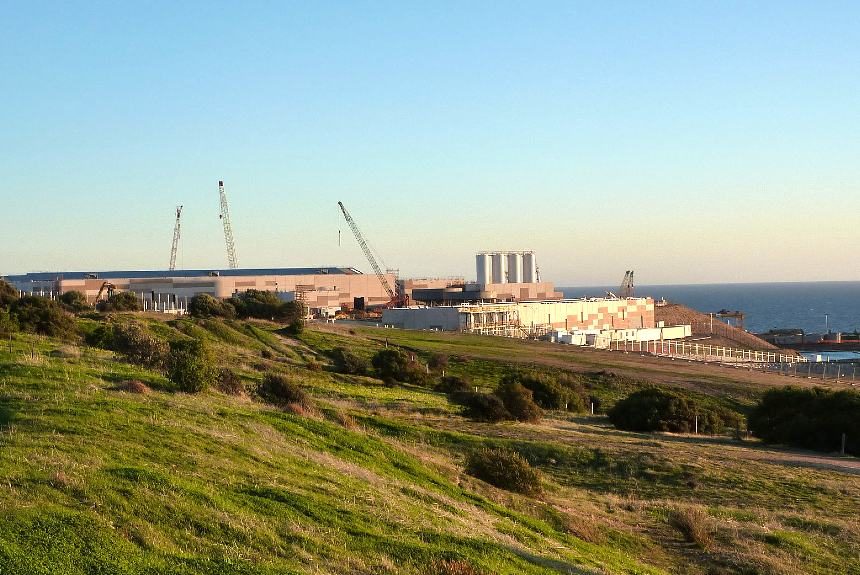Given the warnings of climate change and our recent bouts with extreme climate events, there is a growing global push for green deals and green technology to mitigate and adapt to climate change.
Technologies abound that promise to help us adapt effectively or reduce our vulnerabilities to climate change. But how do we know if these technologies will help us adapt or not?
Usually, climate scientists would categorise climate actions as either successful adaptations or maladaptation. This binary way of thinking is unhelpful because it does not consider the range of outcomes in various groups in different ways.
Adaptation measures can benefit some but harm others, thus creating winners and losers during the implementation process, as exemplified in a study of seawall protection conducted in the San Francisco Bay Area.
The complex interaction between the successful and unsuccessful effects of an adaptation solution is explored using seawater desalination to supplement the freshwater supply and address water scarcity due to climate change.
Desalination is used in 150 countries worldwide as an alternative water supply. In Israel, 85% of their domestic water use is through desalination of the Mediterranean seawater.
There has been rapid growth in the use of desalination worldwide as countries are looking at other alternative freshwater supplies in the face of water scarcity due to climate change and increasing demands from population growth.
Problems identified with the use of desalination as an adaptation solution
The study identified issues concerning desalination use to provide residents with fresh water.
- First, desalination is energy-intensive. Separating salt from water requires a lot of power, so the water supply can quickly become a source of energy security. The use of fossil fuels in the process can also increase GHG emissions.
- Second, freshwater availability through desalination can give residents a false sense of water abundance, leading to neglectful water use and water wastage.
- Third, building desalination plants requires maintaining or increasing consumption to guarantee revenue. In the absence of government subsidies, producing water this way is very costly.
In regions already experiencing poverty and water scarcity, producing water through desalination can further exacerbate unequal access to water and produce maladaptive outcomes.
In general, adaptation to climate change can be complicated, and decision-makers should consider the social, political, economic, cultural and infrastructural context when implementing a climate adaptation solution.
To read the entire study, click the button below:
Source:
How to we know if our adaptations to climate change are successful? (2020, December 14). Advanced Science News. Retrieved from https://www.advancedsciencenews.com/how-do-we-know-if-our-adaptations-to-climate-change-are-successful/
PHOTO CREDIT: Construction of Adelaide Desalination Plant by User:Vmenkov – Own work, CC BY-SA 3.0, https://commons.wikimedia.org/w/index.php?curid=11202747



Leave a Reply